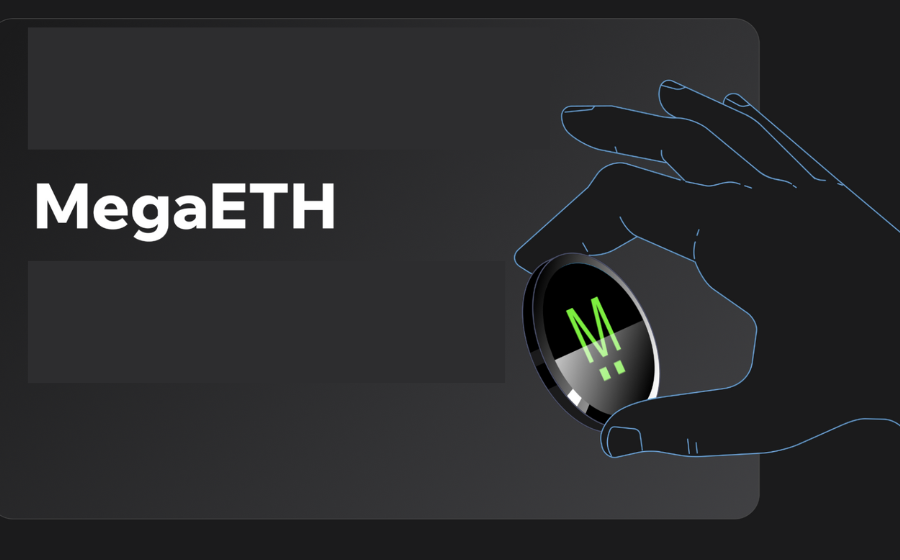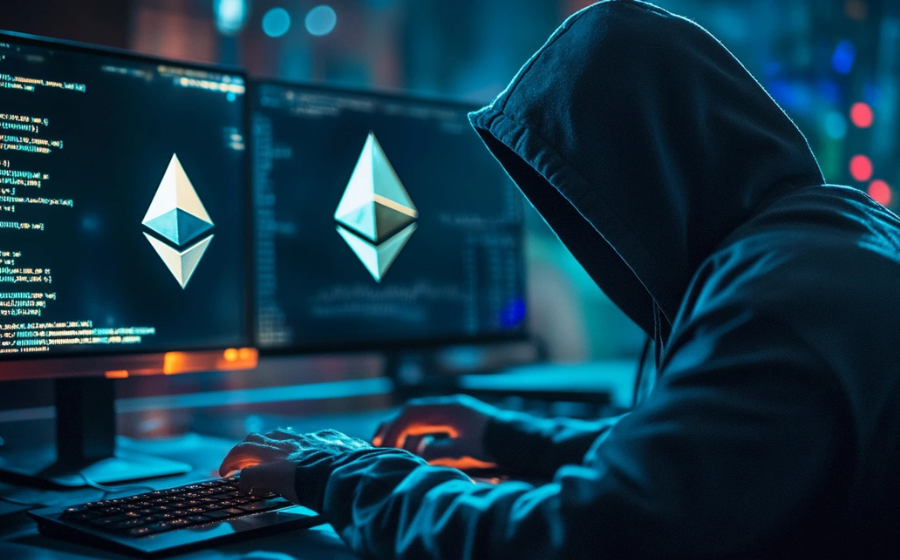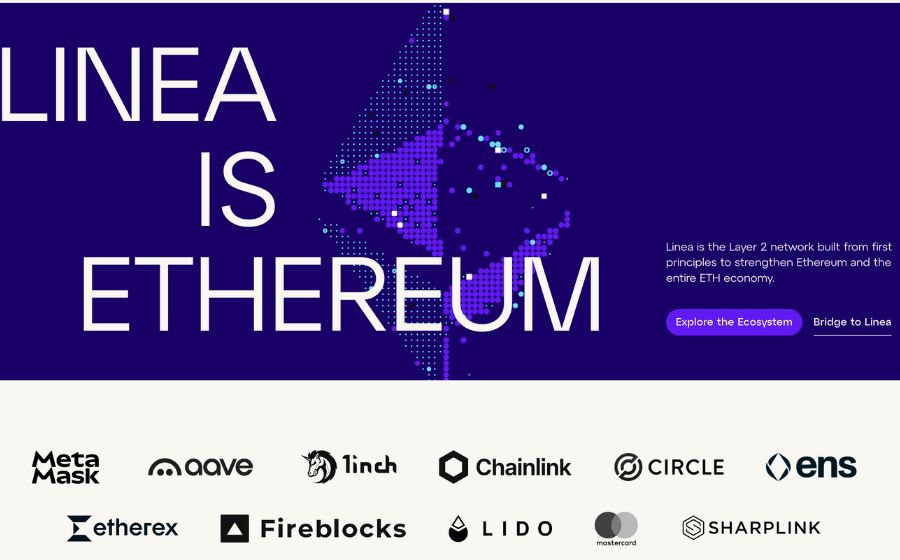
KEYTAKEAWAYS
-
MegaETH redefines Ethereum scaling with sub-millisecond latency, 100k TPS, and real-time DeFi powered by Chainlink Data Streams integration.
-
Founded by ex-Paradigm and Wintermute engineers, MegaETH raised $57M to build Streaming EVM for instant blockchain execution.
-
With stateless validation and dual verification, MegaETH brings Web2 performance to Web3 apps, signaling a new real-time blockchain era.

CONTENT

In October 2025, MegaETH hit an “Uptober” peak. The mainnet/TGE is heating up, and news keeps coming. As a high-performance Ethereum L2, it promises sub-millisecond latency, 100,000 TPS throughput, and 1,700 Mgas/s compute. It pushes EVM-compatible smart contracts to Web2-level performance. The project was founded by former Paradigm and Wintermute engineers. It has support from Vitalik Buterin and has raised a total of $57 million. This article uses these facts as the entry point and analyzes its origin, technology, and potential.
RECENT HIGHLIGHTS: CHAINLINK INTEGRATION AND MAINNET MOMENTUM
On October 17, MegaETH and Chainlink deployed native on-chain Data Streams — the industry’s first real-time oracle. It updates data in milliseconds and supports instant DeFi perpetuals and continuous settlement, removing intermediary latency. This is hailed as a milestone for “real-time DeFi,” bridging crypto and traditional markets.
The testnet ecosystem is surging: USDm (in partnership with Ethena) launched on the Euphoria/Avon protocols; MegaMafia 2.0 started institutional activities; Nacci’s Treasure NFT free mint ended. Projects like GTE_XYZ (DEX performance), SirioApp (NFT hub), and Kumbaya (real-time gaming) integrated. ZK and EigenDA integration makes verification efficient.
On October 15, the $MEGA token ICO registration opened on Cobie’s Sonar platform and runs until the 27th. Users must complete KYC. The official video “Built for You, Owned by You” received over 5,000 likes. The community speculates that the mainnet will go live on October 21, based on GitHub commits and a four-week preparation window. On X, “mainnet season” is trending. Developer migration has begun, and nearly $60 million in funding underpins the “real-time narrative.”
PROJECT ORIGINS: VISION-DRIVEN FUNDING AND COMMUNITY RISE
MegaETH comes from a deep view of Ethereum scaling limits: block-based execution on L1/L2 creates high latency and cannot support high-frequency apps. Core members include Shuyao Kong (former Paradigm researcher) and Lei Yang (former Wintermute engineer). They started the project in early 2024 and focused on a “Streaming EVM” — a continuous execution model that drops discrete blocks and delivers instant finality.
Funding was rapid: the seed round finished in three minutes and raised $10 million, led by Dragonfly Capital, with a personal check from Vitalik. Later rounds followed, bringing the total to $57 million. The funds target hardware optimization and ecosystem building, not marketing hype. The testnet has processed over 200 million interactions. Developers report a strong “instant feel,” pushing the project from concept to production.
TECHNICAL CORE: STATELESS VALIDATION AND A DUAL ENGINE FOR REAL-TIME
MegaETH aims to solve the “speed vs. decentralization” trade-off. Its Streaming EVM treats transactions like data streams. The 1 ms finality comes from three innovations.
First, Stateless Validation: The sequencer runs on high-performance servers, but it sends only “witness packages” — small state slices and proofs — to validators. A normal laptop with a 2-core CPU and 1 GB RAM can locally re-execute transactions and check state root consistency. This achieves “big machines for production, small machines for audit.”
Second, a Dual Verification Mechanism: MegaETH’s built-in verifier runs in parallel with Pi Squared’s FastSet engine. The former is optimized for the EVM. The latter is compiled from the KEVM/LLVM-K formal spec. If the state roots do not match, the system rejects the result. A 10 ms block rhythm reduces single-point risk.
Third, EigenDA for data availability and ZK-optimized fraud proofs keep 100% EVM compatibility. Testnet numbers show over 100,000 TPS and sub-1 ms latency. This is not a simple speedup. It is a redesign in spirit — a blockchain that can be as fast as Web2.
ECOSYSTEM & OUTLOOK: NEW PERFORMANCE FOR WEB3
Real-time performance unlocks many uses: • DeFi perpetuals with near zero slippage, comparable to CEXs; • Games like Kumbaya with instant on-chain interaction; • Social/NFT via SirioApp with instant minting.
With the Chainlink integration, prediction markets and credit protocols go “real-time.” Vitalik’s support amplifies the impact. After TGE, $MEGA can drive governance and dividends, and the mainnet may add Celestia DA as an option.
There are challenges, such as sequencer centralization. Shared mechanisms can ease this, while dual verification builds a strong defense. Optimists believe MegaETH will lead the era where “Web3 = Web2 performance,” reshaping the Ethereum ecosystem.
MegaETH is not the end. It is the start. Visit token.megaeth.com to register and join the real-time revolution — on-chain apps will no longer wait.















